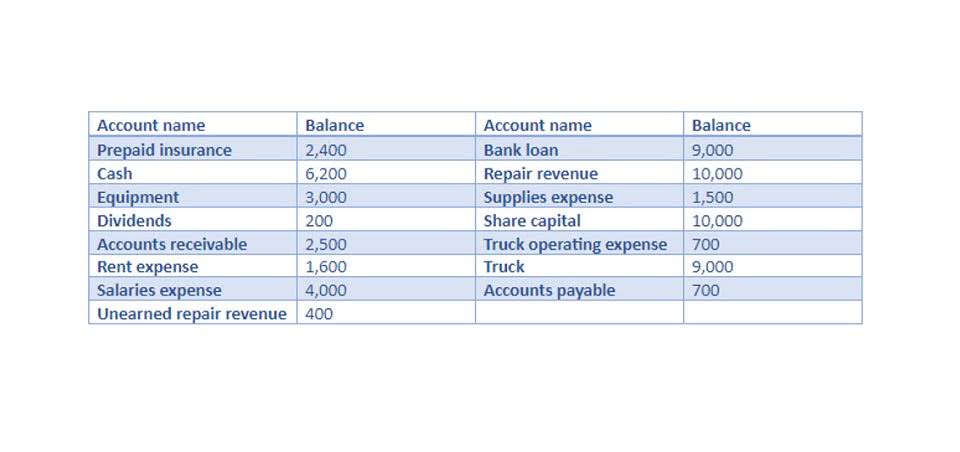
While it should be used in conjunction with other analytical methods, horizontal analysis remains a cornerstone of thorough financial analysis. For example, a company’s management may establish that the robust growth of revenues or the decline of the cost of goods sold as the cause for rising earnings per share. By exploring coverage ratios, interest coverage ratio, and cash flow-to-debt ratio, horizontal analysis can establish whether sufficient liquidity can service a company.

SaaS Profit and Loss Statement
Other factors must be considered in order to interpret the significance of adjustments in either direction. Horizontal analysis, or “time series analysis”, is oriented around identifying trends and patterns in the revenue growth profile, profit margins, and/or cyclicality (or seasonality) over a predetermined period. Horizontal analysis is also known as trend analysis where individuals compare the change in the horizontal analysis formula financial statements of one accounting year with another. For instance, the current accounting year’s profit may outshine the ones with which it is compared. On the other hand, it may prove to be relatively poor when compared to the profits of the preceding years which has not been taken into consideration.

Expense Management Trends

Horizontal analysis in the us CMA syllabus is of utmost importance, especially in Part 1 (Financial Planning, Performance & Analytics). CMAs use this tool to analyze variations in income statements and balance sheets across periods. It provides insights to inform management decisions on performance, budgeting, and forecasting. The requisite normal balance skills in conducting horizontal analysis and interpreting the horizontal analysis are required skills for CMAs in management accounting positions. A notable problem with the horizontal analysis is that the compilation of financial information may vary over time.
Methodology
- These statements present financial data from different periods, often two or more years, side by side.
- Accountants see relative changes in company accounts over a given period of time and determine the best strategy to improve the relationship between financial items and variables.
- The company reported a net income of $25 million and retained total earnings of $67 million in the current year.
- However, the company also paid more income tax, as its tax rate remained the same at 25%.
- This technique allows investors, creditors, and companies to assess trends and performance over time.
However, when using the analysis technique, the comparison (current) period can be made to appear uncommonly bad or good. It depends on the choice of the base year and the chosen accounting periods on which the analysis starts. With a solid understanding of horizontal analysis applied to income statements and balance sheets, you’ll be well-prepared to make informed financial assessments and decisions. Performing horizontal analysis involves a series of structured steps that allow you to assess a company’s financial performance over multiple periods effectively.
- For horizontal analysis, it’s best to take several years of historical data to gain useful insights into how a company is performing.
- First, run both a comparative income statement and a balance sheet for each of the periods you want to compare.
- Although this type of analysis is not a comprehensive approach, it can help as a starting point to evaluate a potential investment opportunity.
- We’ll cover everything from understanding what horizontal analysis is, to setting up your Excel sheet, and even interpreting the results.
- As it is majorly carried out on a single time period, Vertical analysis is also known as static analysis.
- However, the identification of growth, trends and patterns is characterised by taking into account some specifically guided concerns.

The base period is the earliest period for which you have the income statement data, and the comparison period is the latest period. For example, if you want to compare the income statement of 2023 with that of 2022, then 2022 is the base period and 2023 is the comparison period. The base period is the earliest period for which you have the financial data, and the current period is the latest period for which you have the financial data. You can choose any period as the base period, but it is usually the first year or the most recent year of the analysis.
- This is generally done by drawing annual financial statements during various accounting years.
- For the greatest accuracy, you should ensure all the financial statements are prepared consistently according to the Generally Accepted Accounting Principles (GAAP).
- Initially, it was stated that operating expenses were increasing between 2019 and 2021.
- Every single item is compared with its counterpart in the alternative income statement.
- By scrutinizing changes in financial statement line items from one period to another, analysts can identify areas of significant growth or decline.
- The analysis can be carried out on any of the financial statements but is usually performed on the balance sheet and income statement together with appropriate accounting ratios.
There seems to be a relatively consistent https://www.bookstime.com/ overall increase throughout the key totals on the balance sheet. Even though the percentage increase in the equipment account was 107%, indicating the amount doubled, the nominal (just the number) increase was just $43,000. This increase in relation to total assets of $3.95 million is only 1% and could easily be just one piece of equipment, or a vehicle.
